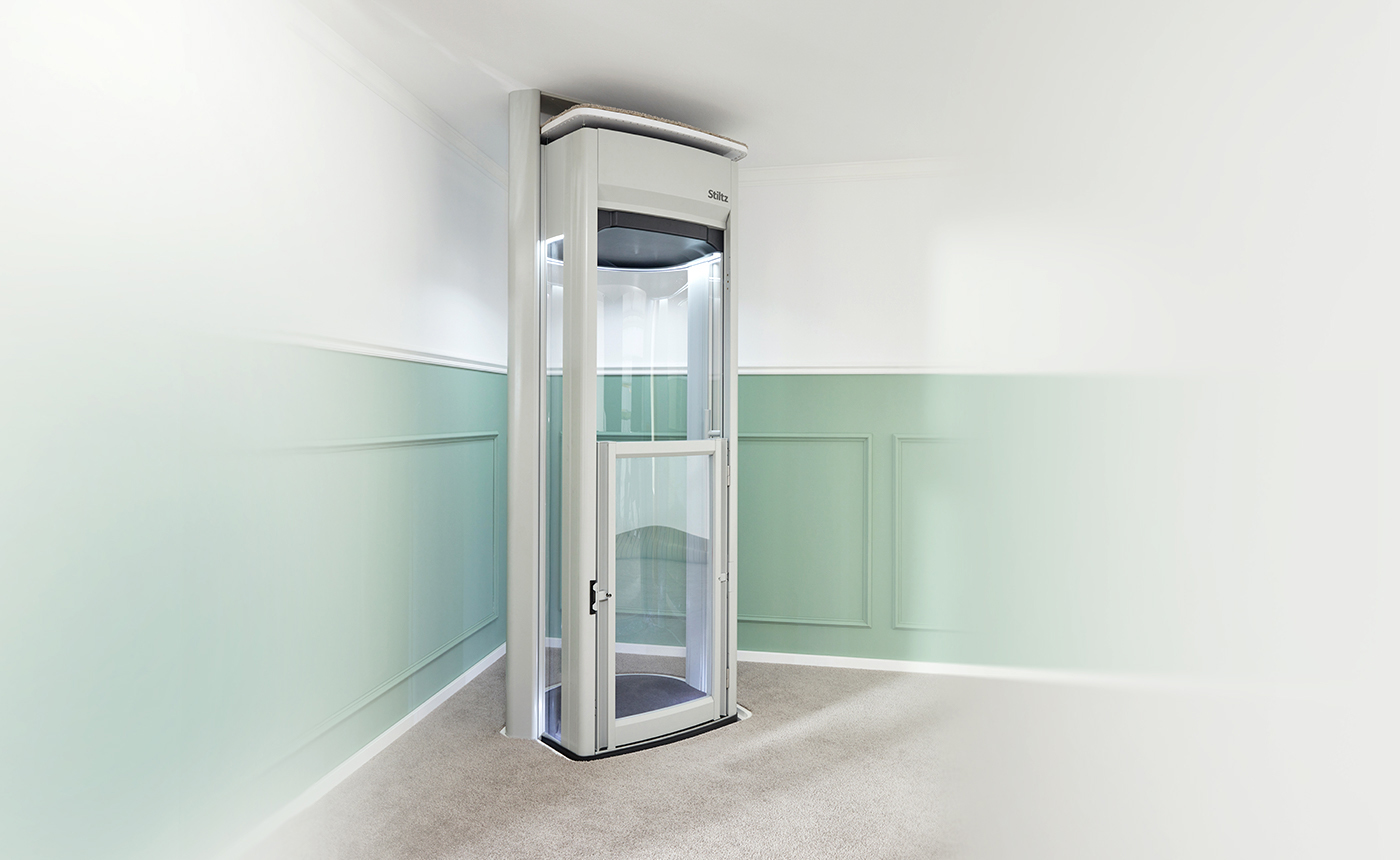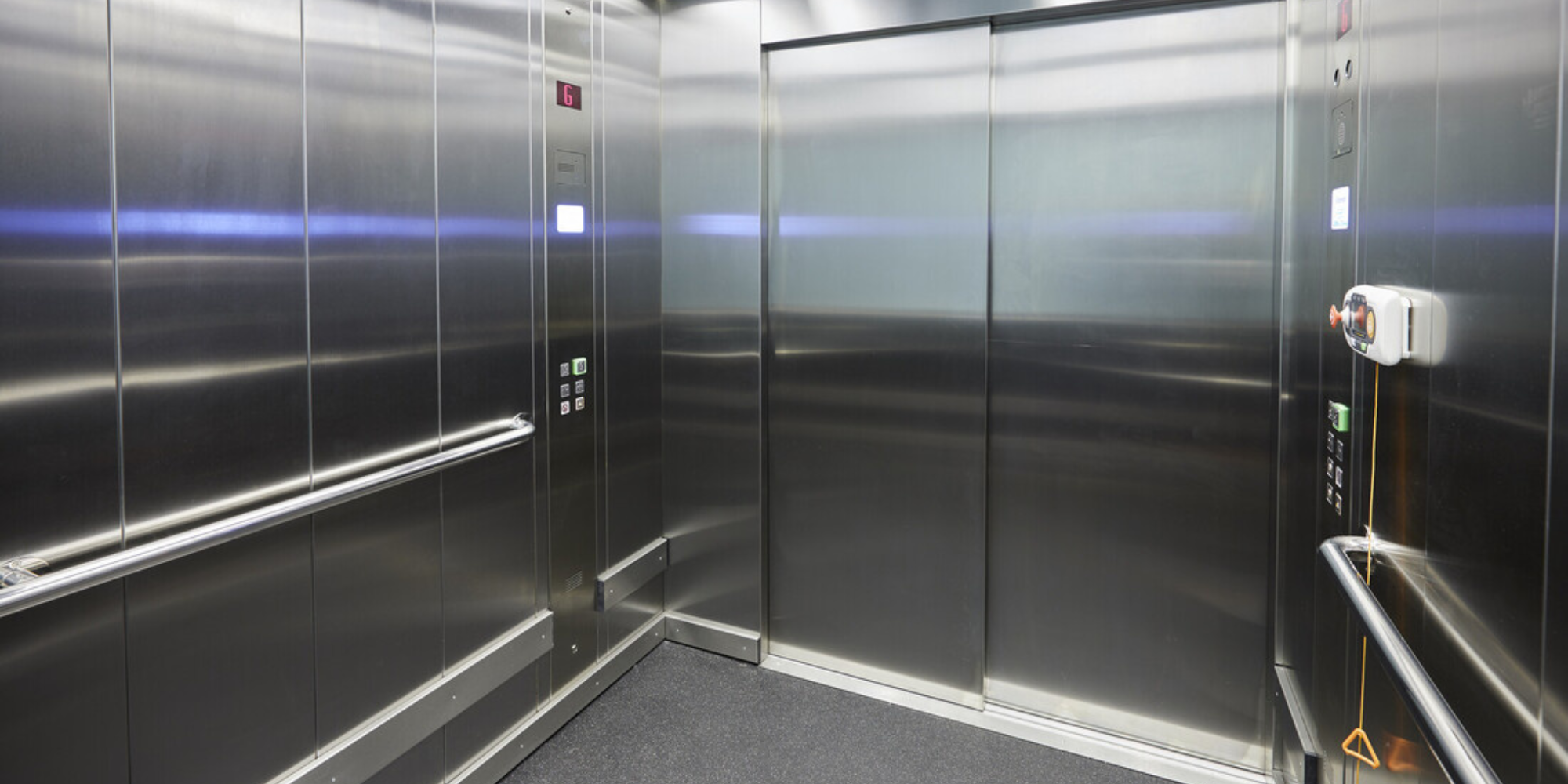Find Reliable Lift Repair Near Me for Fast and Affordable Service
Find Reliable Lift Repair Near Me for Fast and Affordable Service
Blog Article
Deciphering the Intricacies of Lift Innovation: Troubleshooting Common Issues Throughout Lift Designs
From slow operation issues to peculiar noises rising from the equipment, fixing common issues across different lift designs demands a keen eye for information and a systematic approach. Stay tuned as we navigate with the maze of lift malfunctions, looking for solutions to the enigmatic problems that can interrupt the smooth functioning of these indispensable apparatuses.
Determining Slow Operation Issues

Next, inspect the electric links to ensure that all parts are appropriately linked and functioning. Damaged wiring or loosened links can cause slow down operation or full malfunction of the lift system. Additionally, it is necessary to examine the control system to establish if the issue lies in the programs or sensing units.
If the aesthetic assessment and electrical checks do not expose the origin of the slow procedure, further diagnostic examinations might be needed. These might include stress tests for hydraulic systems, voltage tests for electric elements, or running diagnostic software for the control system. repair and maintenance services. By adhering to a methodical strategy to fixing slow-moving procedure problems, you can efficiently settle the trouble and identify, ensuring the lift operates safely and effectively
Attending To Unusual Noises
To efficiently fix lift modern technology for strange noises, a complete exam of the lift components following the identification of slow-moving procedure concerns is crucial. Strange sounds in lifts can be a sign of underlying problems that call for prompt focus to make certain the safety and security and dependability of the system. Typical sources of strange sounds in lifts include worn-out or misaligned sheaves, harmed motor bearings, loose or broken suspension ropes, and malfunctioning control systems. When addressing strange sounds, it is crucial to perform a methodical assessment of these components to determine the precise source of the sound accurately. This may involve inspecting for any kind of visible signs of damage, testing the performance of electric motor bearings, tightening up loosened links, and oiling relocating parts as needed.
Furthermore, it is vital to describe the lift producer's maintenance standards and seek aid from certified service technicians when taking care of complicated lift components or unfamiliar troubleshooting treatments. By without delay attending to strange noises and fixing underlying issues, lift drivers can ensure the optimal efficiency and safety and security of the lift system for operators and passengers.
Solving Faulty Control Issues
An efficient strategy for addressing faulty control problems in lift innovation includes performing a thorough evaluation of the control system's elements and functionality. When encountering problems with lift controls, it is crucial to first look for any type of loose links, harmed electrical wiring, or malfunctioning sensing units. Verifying that all control displays, keypads, and switches are functioning correctly is likewise necessary in detecting the trouble accurately.
If no visible issues are evident, specialists need to proceed to check the control panel for any kind of indications of water damages, rust, or getting too hot, as these can commonly lead to manage breakdowns. Furthermore, resetting the control system or upgrading the software might help deal with certain problems or insects triggering the issue.

Taking On Hydraulic System Malfunctions
The effectiveness of hydraulic systems in lifts counts greatly on the proper performance of various parts within the system. When hydraulic systems malfunction in lifts, it can bring about operational disturbances and safety and security issues. One usual concern is hydraulic fluid leak, which can occur as a result of damaged seals, loosened connections, or harmed cyndrical tubes. To tackle this issue, professionals must perform a thorough assessment to determine the source of the leakage and replace any type of faulty parts quickly.
One more constant hydraulic system malfunction is a loss of pressure, which can result from air going into the system, liquid contamination, or pump inadequacies. Technicians can resolve this by hemorrhaging lift companies in London the system to remove air, changing contaminated liquid, or servicing the pump as needed. In addition, abnormalities in hydraulic fluid degrees or uncommon noises throughout lift operation might suggest underlying system malfunctions that require prompt attention to stop further damages. Regular maintenance and timely troubleshooting of hydraulic system problems are vital to guaranteeing the efficient and secure operation of lift modern technology.
Dealing With Electrical Component Failures
Resolving electric component failures in lift innovation requires an organized approach to identifying and settling issues to keep operational functionality and safety requirements. When encountering electrical issues in lift systems, it is critical to first perform a thorough evaluation of the electric components, consisting of control panels, circuitry, sensors, and circuit boards. Any type of signs of damages, rust, loose connections, or scorched elements must be meticulously kept in mind and dealt with quickly to stop more issues.
When it comes to electric component failings, it is necessary to follow manufacturer standards for fixing and repair work treatments. This may entail evaluating the parts utilizing multimeters, oscilloscopes, or various other diagnostic devices to identify the exact source of the breakdown. Additionally, having an extensive understanding of the lift's electrical schematics and electrical wiring layouts can help in identifying and correcting concerns effectively.
Normal upkeep and examination routines can aid prevent electrical failings by detecting potential issues early. Appropriate training for lift technicians on electrical systems and elements is also essential to ensure precise diagnosis and efficient resolution of electric issues, eventually contributing to the general safety and security and dependability of lift procedures.
Verdict
In verdict, troubleshooting lift innovation needs a systematic approach to identify and we maintain lifts address usual troubles such as slow-moving procedure, weird noises, malfunctioning controls, hydraulic system breakdowns, and electrical part failings. By comprehending the complexities of lift modern technology and adhering to appropriate fixing actions, technicians can properly fix concerns and make sure the efficient and secure procedure of lifts throughout different models.
To successfully fix lift modern technology for weird sounds, a thorough exam of disabled platform lifts prices uk the lift components adhering to the identification of slow operation concerns is necessary. Unusual sounds in lifts can be a sign of underlying issues that need punctual attention to guarantee the security and reliability of the system.An effective approach for attending to faulty control problems in lift modern technology includes performing a comprehensive assessment of the control system's components and performance.The effectiveness of hydraulic systems in lifts relies heavily on the appropriate functioning of numerous components within the system. repair and maintenance services. When experiencing electric issues in lift systems, it is important to first conduct a thorough evaluation of the electric elements, consisting of control panels, electrical wiring, sensors, and circuit boards
Report this page